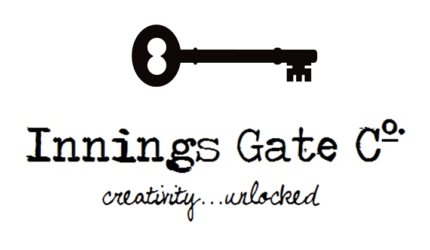What You Need To Know About Bamboo & Hemp Eco-Wear
Last night my boyfriend asked me why I’d want to wear a piece of bamboo. Talking about eco-friendly clothing, I told him how Canadian designers are making more items from sustainable materials, such as bamboo, readily available to environmentally-conscious consumers. I wouldn’t be wearing a piece of bamboo, I said, but my new white t-shirt from Bamboo Clothes Canada is woven from bamboo fibre. And the Lark Wrap Dress I ordered from Passenger Pigeon is made from a bamboo/cotton knit. I’m getting one in black and one in a fun red print.
Not only is bamboo the world’s fastest-growing plant, reaching full maturity in three to five years, it is grown without harmful chemicals and pesticides. Often bamboo clothing is made from a blend of bamboo fibres and organic cotton. Unfortunately, organic cotton fields produce on average only three-quarters the yield of conventional cotton, and can cost up to 35% more in production expenses. Without the demand for and equal profitability from quality eco-friendly clothing, it is not surprising manufacturers choose the conventional route. Did you know that conventional cotton production is one of the leading contributors of chemical pesticide pollution?
If you’re like me and want to do your part to better our environment by lessening your contribution towards its growing detriment, then “eco-wear” may be for you.
Bamboo is not the only fibre used in the creation of ecologically-friendly fashion – hemp has been used for years to make rope, paper, food and clothing. It is the most durable nature fibre we have. Due to its relation to marijuana, hemp is often misjudged and ignored as a viable alternative to environmentally-damaging materials. Like bamboo, hemp is grown in an environmentally-friendly manner – chemical pesticides are not used, and minimal water is required.
There’s more to hemp fashion than “flower-child” flowing skirts and beaded necklaces – how about Organic Hemp Jeans from Rawganique, made with certified organic European hemp fibre. Oqoqo eco-friendly workout clothing made with, among other fibres, their “Hempcious” premium hemp fabric, can be found at lululemon athletica shops throughout Canada.
More Canadian designers currently using environmentally-friendly fibres in their clothing include Twice Shy, Grace & Cello, Lela Designs, and for that special little someone in your life, Sage Creek Canada designs baby clothes out of only 100% organic cotton.
When eco-shopping there is much to take into consideration – beyond just the lack of pesticides used in growing plants like bamboo and hemp. What about harmful dyes? The impact of transporting bamboo grown in China to North America, where it is manufactured into eco-chic apparel, is often overlooked. While I’d love to live entirely “everything-friendly,” I always return to my favourite quote from Machiavelli’s The Prince that basically says it’s bad to ignore the way things are for the way they should be – we can’t all live on Rawganique’s Denman Island. But we can make smarter choices.
Canadian designers Me to We: [Responsible Style] go beyond eco-wear by providing ethically-manufactured quality clothing and apparel for not only the environmentally-aware but socially-conscious consumer. Along with using 100% certified organic bamboo and cotton, Me to We uses sweatshop-free manufacturing and donates 50% of its profits to Free The Children.
Now that’s eco-fabulous.
(Article written by me. Originally published in Life Peak Magazine’s November/December 2007 edition. For more info on the magazine, click here. Some of the info on designers may be outdated by now. The article is posted on Coco Hobo: The Blog for writing example only.)
Namaste,
x


